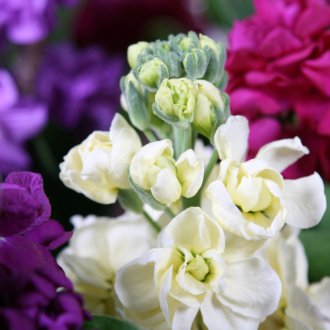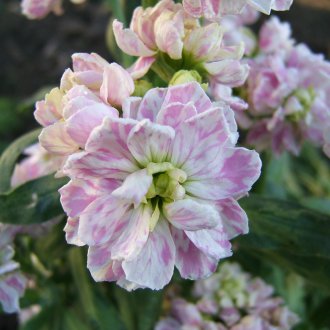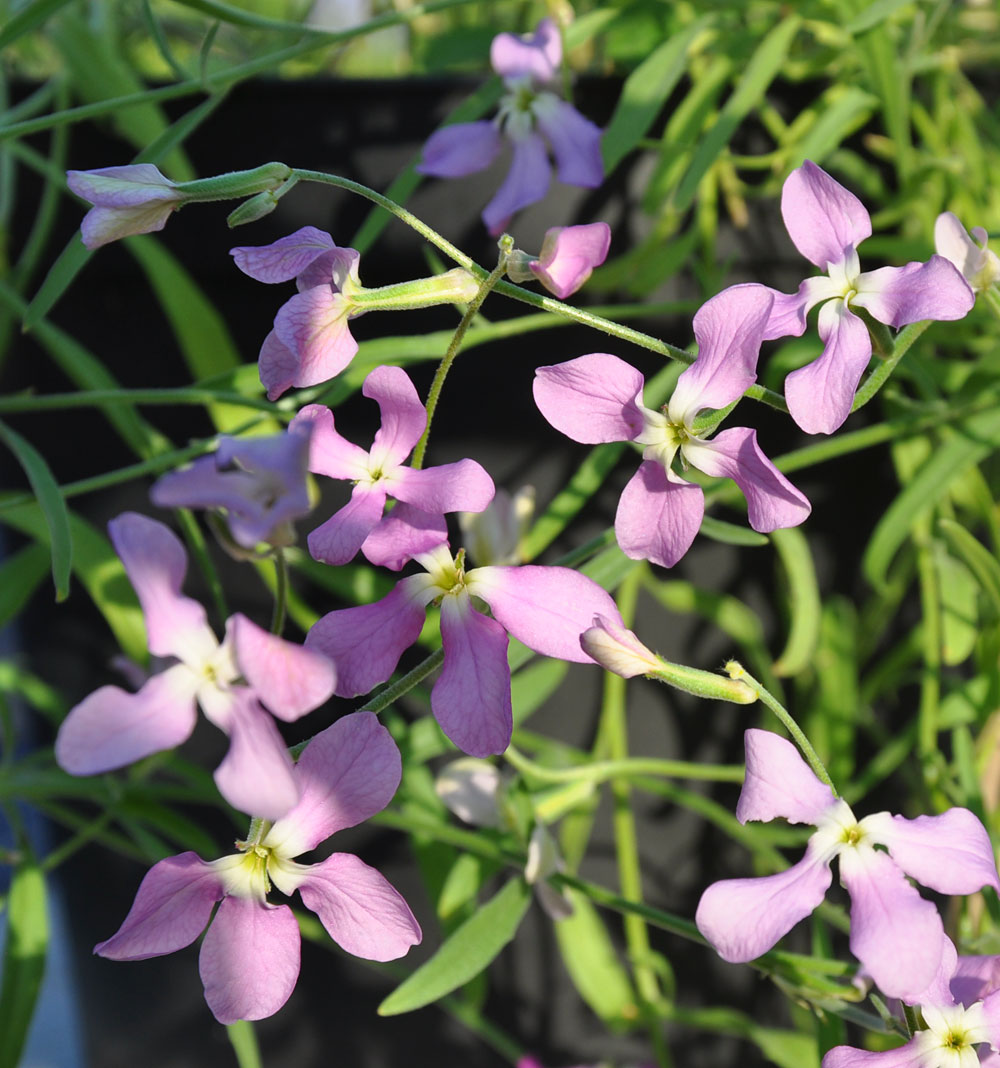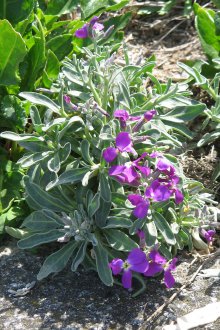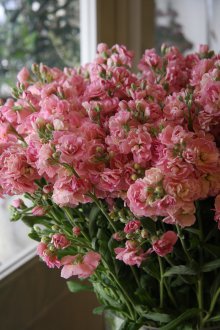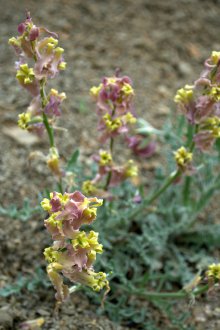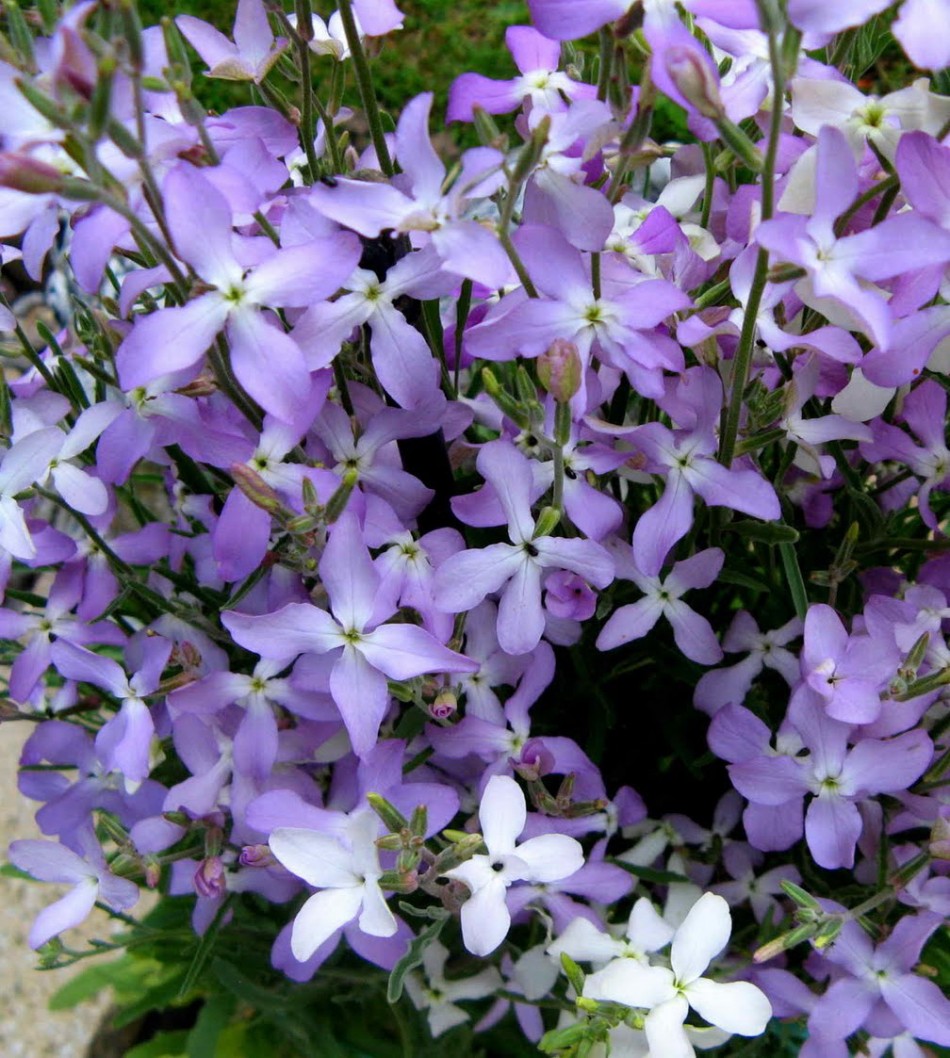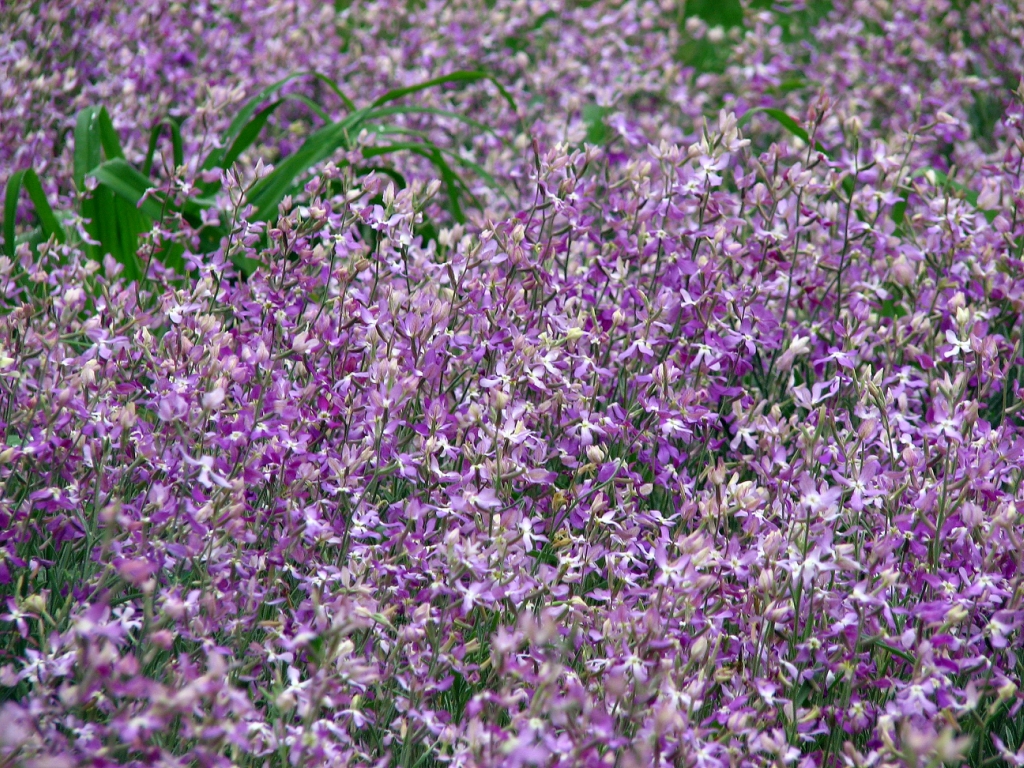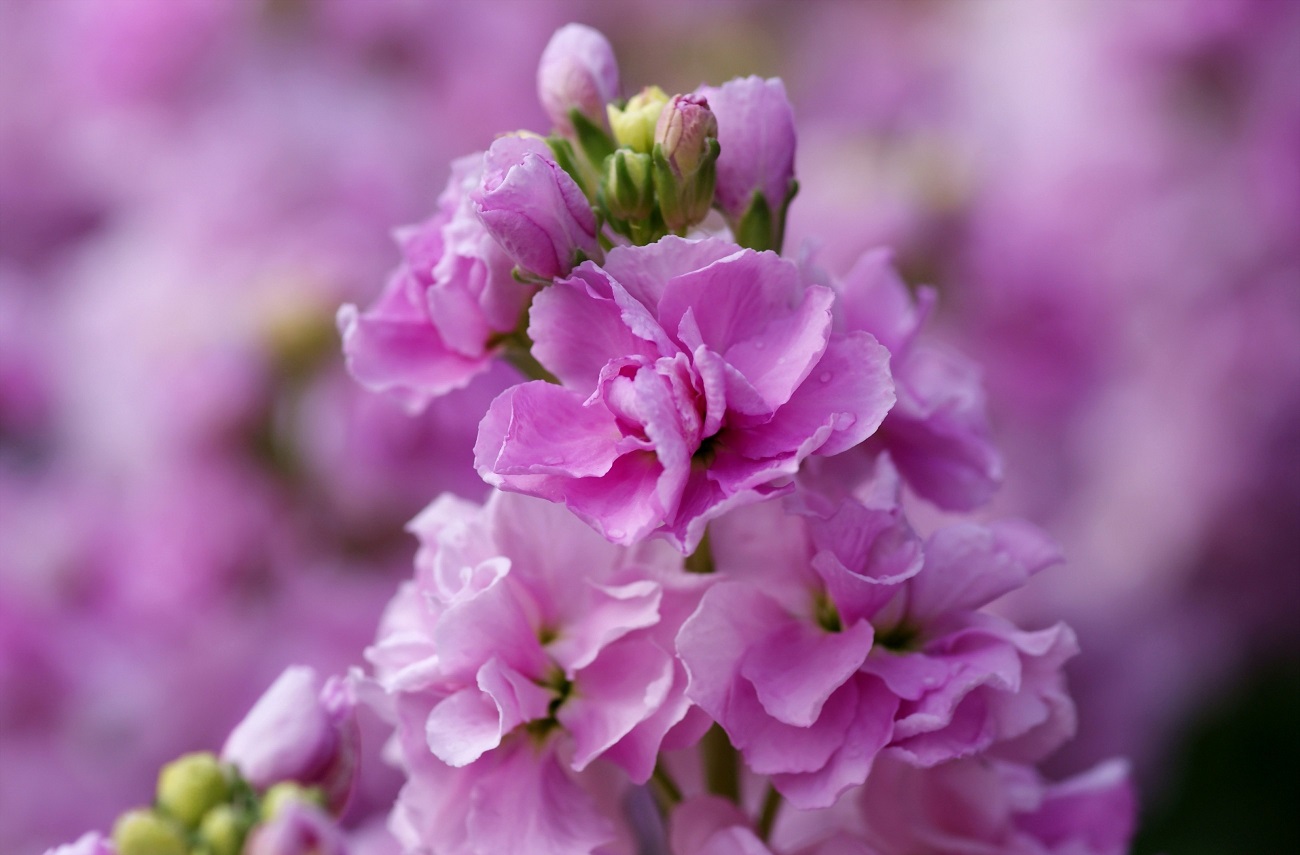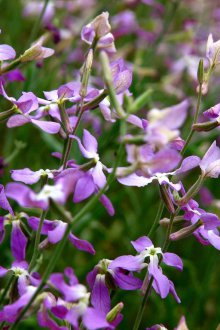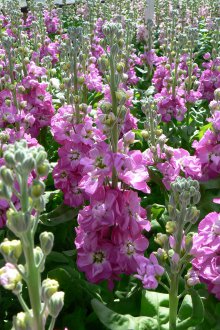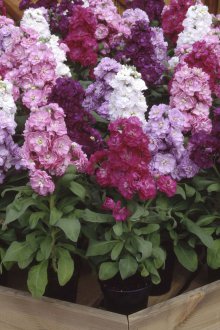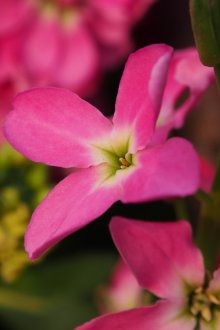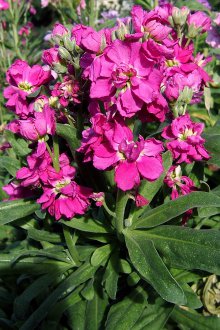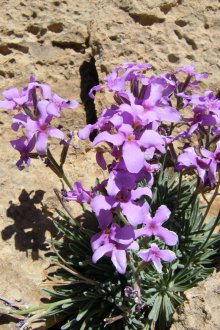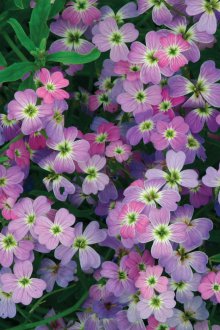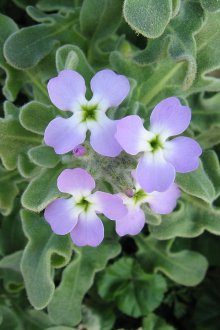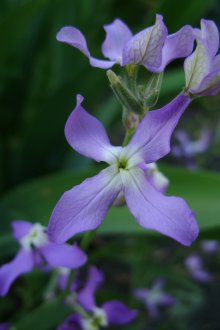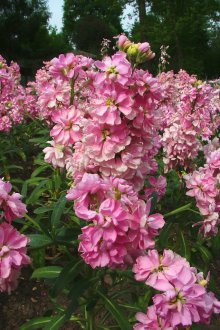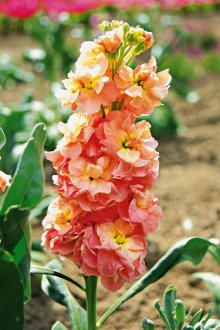Mattiola: features of cultivation and use in the exterior (21 photos)
Content
Mattiola is a herbaceous plant native to the Mediterranean. The flower has a fairly simple appearance, but attracts gardeners with its exquisite aroma, which intensifies at night. Planting and care do not require special skills, so even beginner gardeners will be able to do it. Often matthiola is used to decorate terraces, arbors or balconies. Flowers have other common names - “left-handed”, “night violet”.
Plant features
Mattiola is an annual, biennial, or perennial herb. Some types of violets are shrubs with branched stems, bare or covered with felt pile. Their height reaches 20 - 80 cm. Flowers can be different: pink, white, yellow, as well as simple and double. Regardless of appearance, they are all collected in inflorescences resembling an ear or elegant brushes.
Blossoms with a levkoy from early June to November. The fruits are represented by small pods in which the seeds of violets are located.
The main distinguishing feature of flowers is a special smell, which is simply impossible to confuse with anything.
Terry varieties will be laconic charming decoration of the garden, they are often grown on the balcony. Non-double species are wonderful honey plants. Levkoys are unpretentious in leaving, and even a child will cope with landing in the open ground.
Varieties of flower
The genus matthiola has approximately 50 main varieties. Of these, scientists managed to bring about 600 decorative plant species. Violets are classified by height:
- high;
- medium;
- dwarf.
According to the structure of flowers, matthiola is divided into simple and terry.
The most popular varieties include Mattiola bicorn, gray-haired and fragrant.
Mattiola the bicorn
The annual plant has a branched stem that forms a small 50-centimeter round bush. In the period from June to August, flowering of matthiola bicorn occurs. The flowers are simple, composed of 4 petals. The color is lilac or pale pink. The plant exudes a rather strong pleasant aroma. Fruits are represented by pods in which small oblong-shaped seeds ripen. Mattiola the bicorn is often used by flower growers to create a variety of landscape design projects.
Mattiola gray
An annual plant has a weak branching. The height of the shoots is 20 - 80 cm. Oval leaves with short pubescence densely cover the stalks of the left. Flowers can be either simple or double. At the top of the plant, they gather in thick attractive inflorescences. Their color is diverse, there are white, blue, pink, purple and yellow flowers. The flowering period of this variety of left-handed continues from June until the onset of the first frost. In the southern regions, matthiola pleases the eye with its lush inflorescences even in winter. Fruits appear only in varieties with simple flowers, they are represented by flat pods with seeds inside.
Mattiola fragrant
A perennial herbaceous plant, whose height reaches 20 - 50 cm. The leaves and shoots are painted in dark green color, covered with a long felt fluff, which has a silver tint. Mattiola fragrant blooms in May - June.The racemose inflorescence consists of simple flowers of a yellowish-brown hue. The buds open at night, exude a characteristic smell.
Each grower will be able to choose the appropriate varieties for his garden or balcony. White and lilac, purple and yellow, pink and blue inflorescences will be a wonderful decoration of the exterior.
Landing rules
Mattiola is considered an unpretentious flower that does not require complex care. It is forbidden to plant plants in areas where cabbage and other representatives of the cruciferous family were previously grown. Otherwise, the flowers become infected with the keel and the fungus that infects the rhizome.
Mattiola successfully adapts to a variety of climatic conditions. For effective cultivation, the soil must be fully moistened. Suitable soil is loamy, chernozem, sod-loamy, but not sour. Landing is best done in sunny open areas.
The flower propagates with the help of seeds. Pods are collected after the onset of the first frost. They must be thoroughly dried. Soil preparation for sowing is done in the fall. Then the soil is enriched with fertilizers of organic origin. Plant propagation occurs in two ways:
- Growing matthiola from seeds. From mid-April to May, depending on climatic conditions, plant seeds are sown in the soil. The procedure is repeated every 2 weeks. This will make the flowerbed fragrant for a long time.
- Seedling cultivation of matthiola. If the climate allows planting in March, then flowering will begin in June. Seedlings are grown in special containers filled with a mixture of sand and turf in a ratio of 1: 3. Seeds are placed in the ground and sprinkled with earth at 0.5 cm. Watering is not required until the first shoots appear. Matthiola emerges in about 4 days, after which the containers must be placed in a room with full lighting and a temperature that does not exceed 12 ° C. This period is considered the most difficult, since suitable temperature indicators are not always easy to achieve.
After 14 days, the seedlings dive into separate containers. Not all of them will be able to withstand such manipulations, but as a result, only the strongest stable flowers remain. Matthiola is planted in open ground in the middle or at the end of April. After this, the plant will be able to successfully tolerate a slight frost up to -5 °.
Water wells are prepared for planting. The plant survives better after being placed in liquid mud. After filling the pits with soil, it must be carefully compacted. Low-growing annual flowers with one stem are planted at a distance of 15-20 cm from each other. Mattiola bicorn and other branched high varieties are located at 25-30 cm.
Care
Perennials feel best in open areas well lit by the sun. An ideal option for growing at home will be the location on the balcony, which faces south.
Terry and simple varieties are planted without damage to an earthen coma on the rhizome. Depending on the type of plant, the distance between the seedlings is respected. Ideal for planting will be a cloudy day or evening, when there is no bright sunlight. If the seedlings are too close to each other, this threatens to become infected with a “black leg”. Mattiola grows well in fertile loose soil with neutral acidity. Heavy soil and prolonged stagnation of water are unacceptable.
The bicorn Mattiola and other varieties are unpretentious in care. They need active lighting and a good drainage system. Watering should be regular, but not too plentiful. It is recommended to loosen the soil more often so that a dense earthen crust does not form under the influence of moisture. Weed weeding is of great importance, since levoka poorly tolerate the proximity of aggressive plants.
Systematic feeding of perennial matthiols is not required. In the spring, it is enough to water the seedlings once with a solution of a complex fertilizer intended for flowering plants. In the presence of fertile soil, even this is not necessary.
Levkoys are especially vulnerable to the effects of fungi, in particular to the black leg and cabbage keel. To prevent infection, it is necessary to properly care for the plants. Mattiols should not grow too close together and be exposed to excessive watering. The most common pests are whitefish, cruciferous flea and cabbage butterflies. By treating perennial and annual flowers with special insecticides, you can quickly get rid of their negative effects.
Outdoor use
Several decades ago, matthiola was considered a fairly popular plant. Today it is less common. The plant looks great in the classic park direction. Flower growers who prefer traditional styles are very fond of him. Blooming brushes have a charming aroma that fills the flower garden with a special charm.
Terry levkoys harmoniously combine with other summer colors. The most interesting combinations are obtained with rosemary, decorative wormwood, lavender. Two-horned matthiols look good in tandem with feverfew and phlox. Decorative deciduous plants and herbs - thyme, thyme - emphasize the attractiveness of night violets.
White, pale pink, purple left-handed plants are planted in the foreground of flower beds and flower beds, as well as along garden paths. Often flowers are used for landscaping and decorating loggias and balconies. They are suitable for growing in flowerpots. Low-growing varieties serve for the design of ponds and pools.
To create floristic compositions, high varieties of matthiol are suitable. Plants do not lose their pristine appearance and pleasant smell for a week.
Mattiola - night violet, beautiful and mysterious. The flower is unpretentious in care, so it is often grown by novice gardeners. The plant offers great opportunities for creating original landscaping projects.
